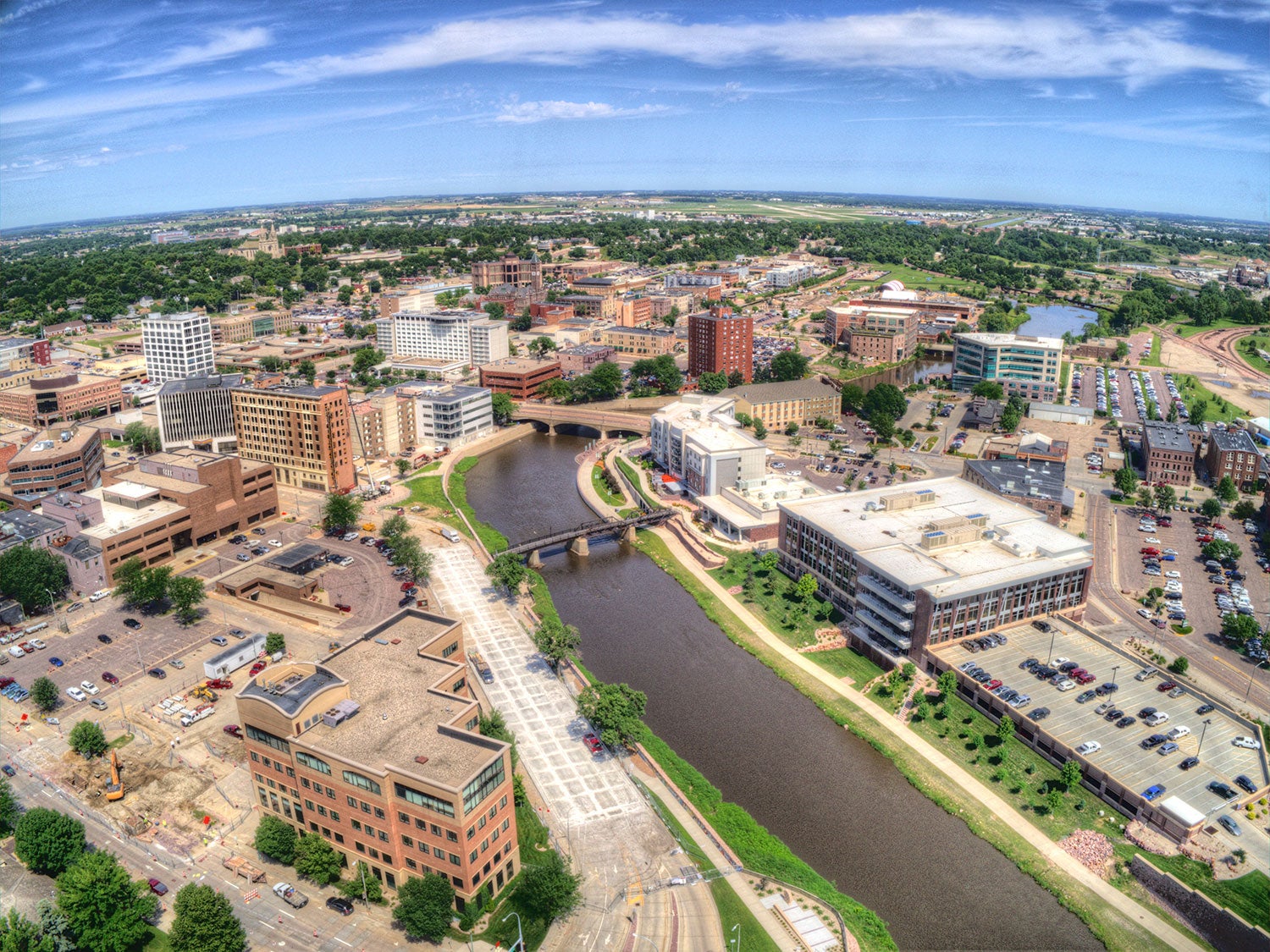

Trucks carry bulk resources to and from dispersed fracking sites and to railway stations to be taken to processing facilities. Facilities for transloading are located near areas where fracking occurs. Transloading is used to transport frac sand, a type of proppant used by fracking companies in frack fluid. Fracking See also: Fracking and Fracking in the United States Liquids are taken from storage facilities to tank trainers, which transport the liquids to a rail, refinery, or pipeline.

Transloading is used by well production operators with facilities that are not located near an existing pipeline, railroad, and/or refinery, or if the liquids must be moved from one mode of transportation to another. Transloading is used to move natural gas liquids, liquid petroleum gases, and other hydrocarbons. Crushed coal and water may also be transported through slurry pipelines as of 2016, the United States had not use slurry pipelines to transport coal, according to the U.S. Barges deliver coal through lakes and rivers, while ships transport coal on the Great Lakes and the oceans. 70 percent of coal deliveries in the United States as of September 2016 came by trains. Trucks, trams, and conveyors can move coal from a mine to a nearby area where the coal is loaded onto a variety of long-distance transportation methods, such as trains, barges, ships, and pipelines. Transloading coal can be done in several ways. Goods or material are loaded onto trucks, which unload the goods into rail cars and vice versa. Companies that need to transport goods by railroad if shippers cannot directly access a rail often rely on transloading. The coal is then unloaded from a truck or train onto a ship, typically by a crane. For example, coal is shipped from the United States to China beginning with trucks and trains that deliver the coal to shipyards. With transloading, products are shipped with different modes of transportation. BackgroundĬompanies choose a type of transportation for their goods depending on whether a product is perishable, how quickly a product must reach its final destination, and the location of the final destination. It is also used to ship coal natural gas liquids, and liquid petroleum gases. Transloading is used in fracking to carry bulk resources to and from dispersed fracking sites and to railway stations to be taken to processing facilities. Transloading is used if it is not economical and/or physically possible to transport goods to their final destination using one type of transportation. Transloading is the transfer goods from one type of transportation to another in delivery to their final shipping destination. Effect of the Affordable Care Act by state.Environmental policy in the United States.

State-by-state redistricting procedures.List of political parties in the United States.Ballot access for major and minor party candidates.Ballot access for presidential candidates.Regulatory Adjusted Cohort Graduation Rate.ACT and SAT scores in the United States.Public high school dropout rates by state.

Public school teacher salaries in the United States.Public school system revenues in the United States.Public school system expenditures in the United States.Demographic information for all students in the United States.Number of schools by school type in the U.S.Education statistics in the United States.Pension reform in San Jose and San Diego.Financial regulation in the United States.State spending by function as a percent of total expenditures.State government tax collections by source.


 0 kommentar(er)
0 kommentar(er)
